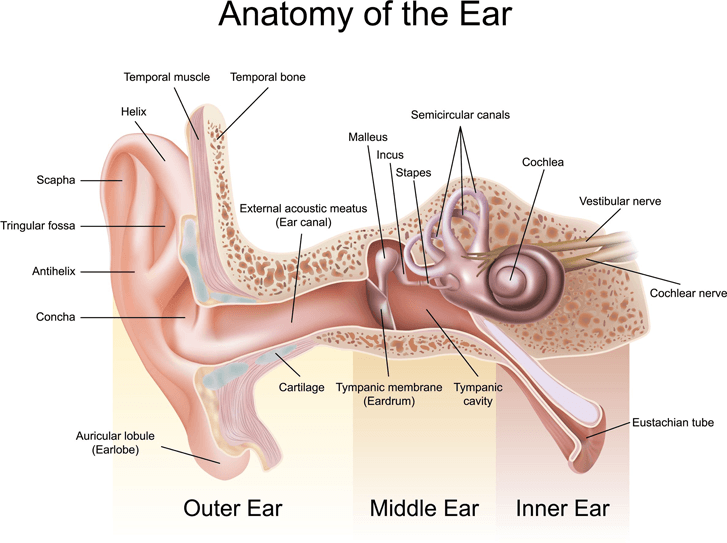Learn More About Hearing Loss
Hearing Loss
If you are reading this, you or someone you care about probably has some level of hearing loss. For most people with hearing loss, the problem has developed gradually over a long period of time. Often, a family member or close friend will notice signs of hearing loss and suggest seeking help.
It is estimated that approximately 10% of the North American population, approximately 30 million people, has some degree of hearing loss. If you’re suffering from hearing loss, you’re not alone. As hearing loss develops, an individual will slowly lose his or her ability to communicate easily and effectively. This can lead to embarrassment and withdrawl in social environments, a decline in interpersonal relationships, difficulties and limitations in the workplace and in some cases, significant isolation from family and friends.
What Causes Hearing Loss?
Although other factors such as noise exposure, certain medications, heredity and eardrum and other outer and middle ear abnormalities can all play a part in contributing to hearing loss, the simple passage of time is the most common cause. Age-related hearing loss, called presbycusis, occurs primarily in individuals over the age of 50. Presbycusis is an example of sensorineural hearing loss
SENSORINEURAL HEARING LOSS
Sensorineural hearing loss is a result of damage to the inner ear nerve cells. These cells are responsible for converting vibrations into nerve impulses that the brain interprets as sound. Sensorineural hearing loss is almost always permanent and cannot generally be restored through medical treatment. Most sensorineural hearing losses can only be addressed with amplification (hearing aids).
CONDUCTIVE HEARING LOSS
Conductive hearing loss occurs when sound is prevented from getting to the inner ear. The ear canal, eardrum and middle ear bones are responsible for collecting and sending vibrations to the cochlea, the part of the inner ear which is responsible for converting those vibrations into nerve impulses which the brain interprets as sound. When the vibrations are not transmitted efficiently, a conductive hearing loss takes place. Some conductive hearing losses can be corrected with medical intervention while other conductive hearing losses will require amplification.
MIXED HEARING LOSS
Mixed hearing loss is a combination of sensorineural hearing loss and conductive hearing loss.


